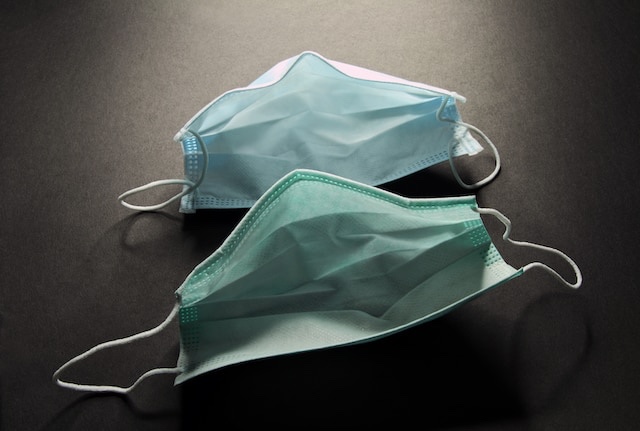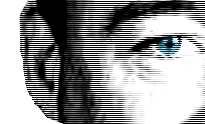
— Feature, Musings —04.05.2020 11:53 AM
You need to wear a mask. Here’s how.
From the Washington Post.
[Joseph G. Allen is an assistant professor of exposure and assessment science, director of the Healthy Buildings Program at Harvard University’s T.H. Chan School of Public Health]
First, masks of any type help prevent the user from infecting others by acting as a physical barrier that will block large droplets from coughs and sneezes. These droplets can travel up to 20 feetwith a powerful sneeze, so six feet of social distancing is not always enough. And wearing masks is not just a good thing for those who are actively sick: Any one of us might be harboring this virus asymptomatically and could transmit it to others, cascading into a thousand new infections.
Second, masks will protect you from others around you who might be sick. The degree of protection will depend on the mask type, and we absolutely must reserve our scarce supply of N95 respirators — which filter out 95 percent of aerosols — for front-line health-care workers. The consequences of commercial mask shortages are so severe for our health-care workers that the rest of us cannot afford to be using them.
That means the general public must resort to DIY masks. The good news is that you can craft your own using something that pretty much everyone has in their home: a 100-percent-cotton T-shirt. (Here’s a good tutorial on how to make one.) Depending on factors such as the fabric thickness and the fit around the nose and mouth, these can be anywhere from 50 to 70 percent efficient at capturing particles.
Third, masks serve as a reminder not to touch your face. A virus has to find a way into your body to begin its takeover of your cellular machinery. By now, we’ve all heard the guidance not to touch your face so that if you do pick up the virus on your hands, you won’t transfer it right into a hospitable environment. Wearing a mask puts a physical barrier between your hands and your nose and mouth, and, maybe more importantly, reminds you to use more caution.
Fourth, wearing a mask serves as a vital social cue. You are sending a signal to others that there is a real threat out there. When enough people do it, it will become self-reinforcing. Standing six feet from people at the grocery store felt awkward at first, but it quickly became normalized and even appreciated. Now if someone stands too close to you, it’s offensive. Soon, not wearing a mask will seem selfish.
Now let’s talk about the right way to use masks:
-
Each person in your home should have a mask — absolutely no sharing.
-
The mask should cover the bridge of your nose and cup your chin.
-
There should be two straps, one that goes above your ear, and the other below
-
How to put it on and take it off — what we call donning and doffing in my field (yes, those are the terms we use) — is also important. To put it on, use one hand to hold the outside of your homemade mask and put the top strap over your head, followed by the strap that goes below your ear. To take it off, don’t touch your mask, which could have infectious particles on it if you came into contact with someone infectious. Instead, take it off using the two straps.
-
If you make one mask, wash it daily.
-
If you make multiple masks, place the recently worn one in a bag and set it aside for five days (there shouldn’t be any virus left after that time). Wear a new one each day.
-
Wash your hands when you’re done.
Be advised: Wearing a mask does not replace other important public health control measures such as hand-washing, social distancing, covering your cough and cleaning surfaces. In fact, masks are a type of personal protective equipment, which health professionals consider the last line of defense.
Last, I must restate what I said earlier: Commercial masks should be left for front-line health-care workers. If you have one lying around, donate it to someone in your neighborhood who works in a hospital. You can also give one to a grocery-store or delivery worker. The true badge of honor is someone wearing a homemade mask.
They say not all heroes wear capes, but most do wear masks. We can all be heroes.


I knew I was wasting my time with my scarf wrap.
Is anyone else concerned our Prime Minster’s handlers have surmised his most effective role in this crisis is to demonstrate the intricacies of self isolation?
I would give anything to see his communication logs for the last month.
I would expect the left side of his phone would look like this:
10:00 GB – Time to get up buddy!
11:05 GB – WTF are you doing?
11:07 GB – That is a high score.
11:25 GB – yes you were great. Dont worry, they won’t get any more questions.
4:25 BM – I dont now what you mean by a “kajillion dollars”
9:00 MJ – I’m not coming over until you put your video game away.
10:45 MJ – Hellllllo?
11:56 GB – Put your video game away – I’m not waking you up again tomorrow